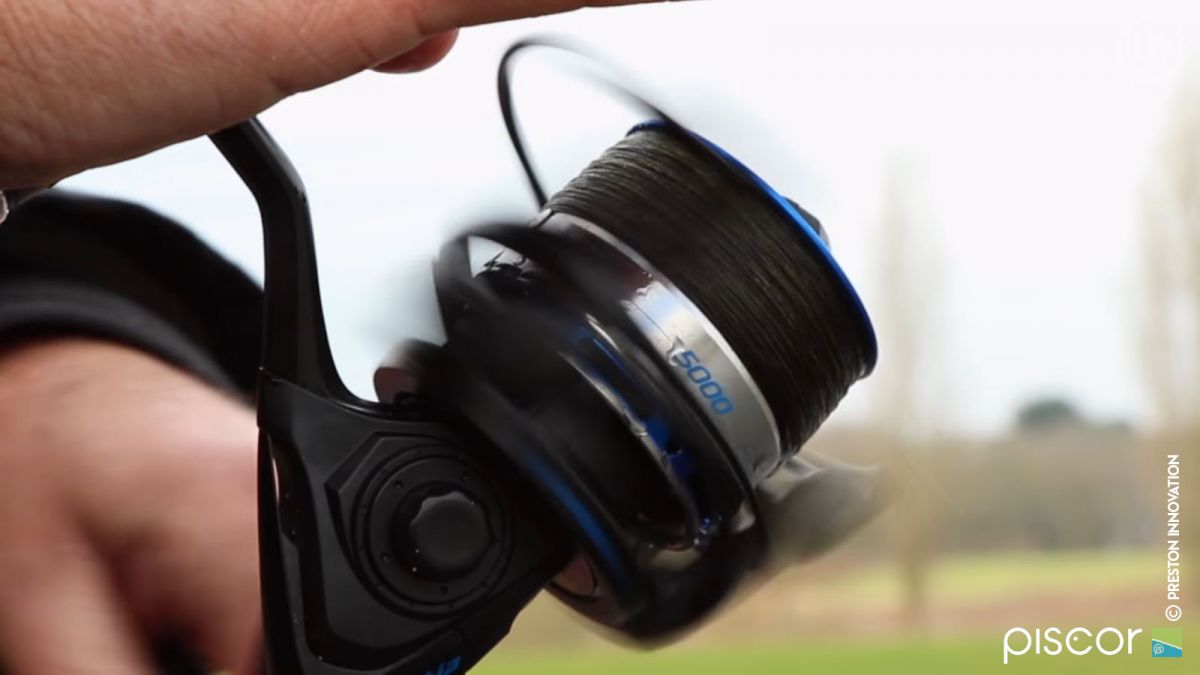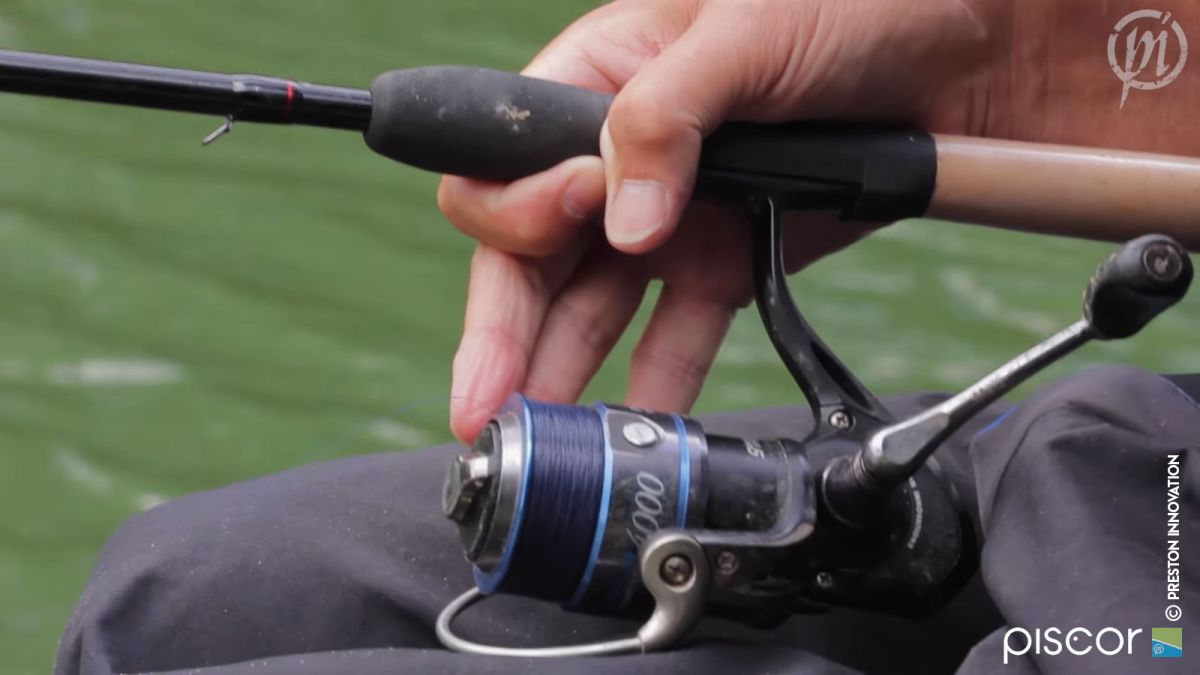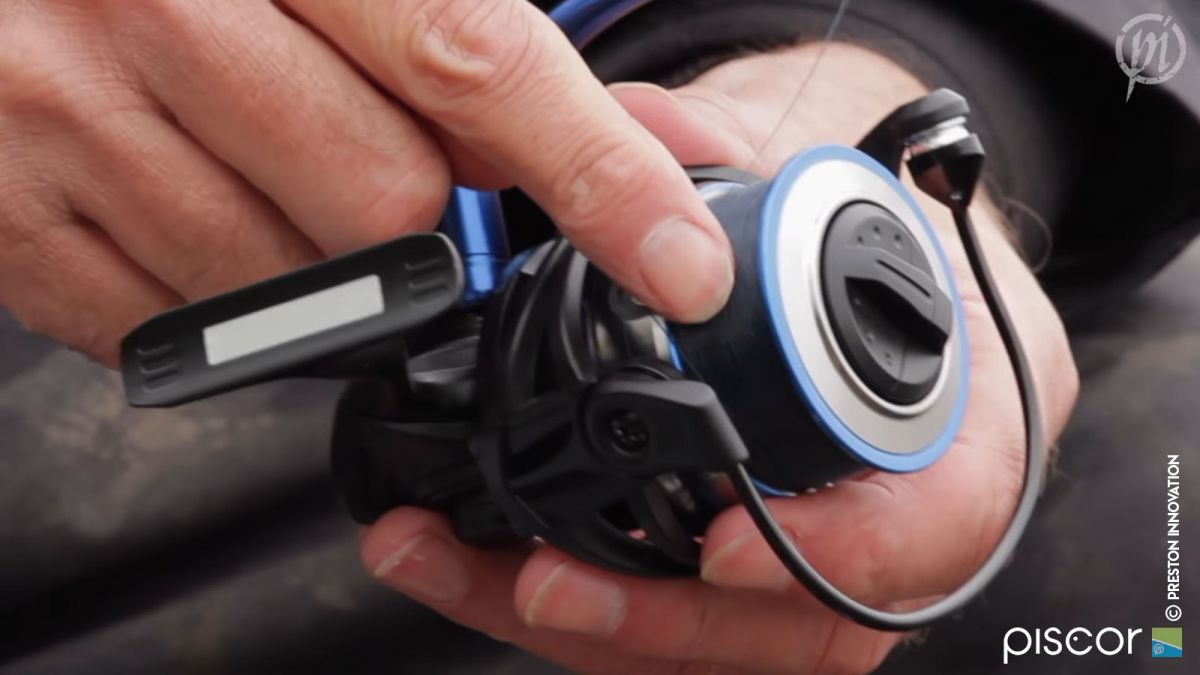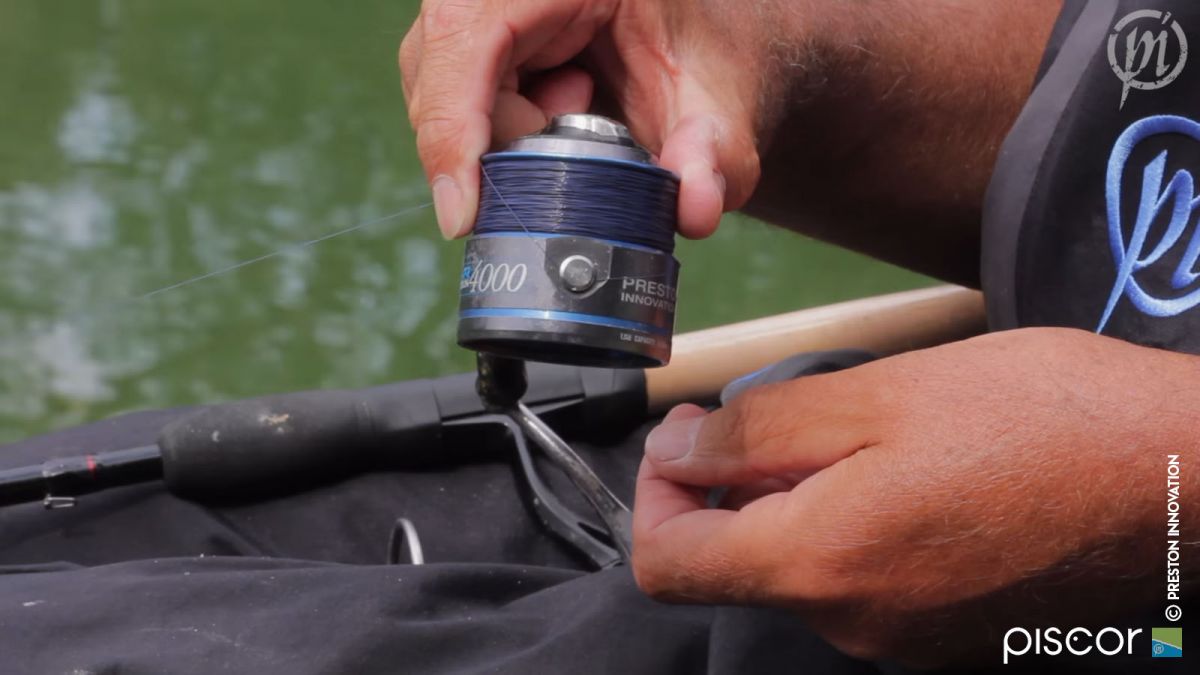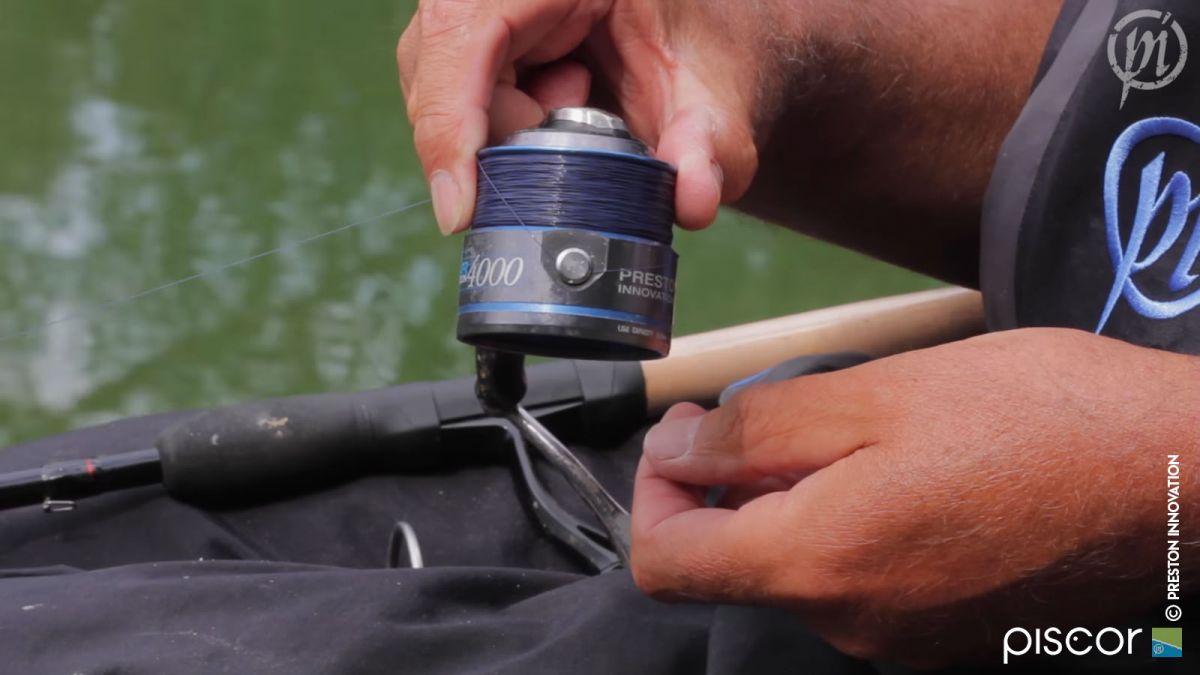After talking about ledgering rods and seeing their features and the peculiarities of the different types existing, today we approach the topic of reels.
We’ve told that feeder fishing rods are highly technical tools with refined actions and blanks to satisfy at the same time different needs that the technique requires.
Obviously, such tools will be incomplete, less functional and performing if they are not matched with the right reel.
The main task of the rods is to cast heavy sinkers at long distances; while the reel’s task is to allow that the line sticks out in a fluid and linear way.
If at rods is required to recovery heavy empty feeders in order to load them with groundbait, at reels is required to alleviate the “strain”, while if on the rod there’s an oversize prey which fights strongly the reel has to have the power in the line recovery and the linear managing without jerks of the line through the drag fluidity when the fish is escaping.
In a few words the main aspects of the choice of the reel to combine with a feeder rod are the following ones:
• Balance of the combination Rod/Reel
• Gear Ratio
• Fluidity of the line release from the drag
• Weight/Power ratio (materials and dimensions)
Regarding the first point obviously this is a variable linked to the peculiarities of each tool, rod or reel.
In providing “standard” parameters we can say that: You can match a 3000/3500 size reel with a 300 g weight on “Light” rods because these reels ensure the right combination between power and balance, indispensable feature for extremely lightweight and manageable rods.
For “Standard” rods it is better to look at 4000/5000 size reels with 300 and 350 g weights and with a spool capacity between 260 and 300 mt of 0.25 monofilament.
For longer rods with increased range of use requires more versatile reels.
For “Heavy” rods the most suitable reels are 5000/6000.
Since the most extreme target both of preys and environments, it will be necessary to have powerful reels with large spools and with impeccable drag systems.
As regards the gear ratio usually it is between 4.0.1 to 5.0:1 even if it is possible to find also extreme ones of 3.8:1 that are real “winches”, extremely powerful and valid in the heaviest conditions (for example big cage feeders to cast at long distances in big rivers with strong currents) and of 6.0:1 which gives the benefit of a faster recovery and are useful especially during competitions or in fast fishing for medium/small size fishes.
Feeder reels can have front or rear drag, but the key thing is that the release of the line is fluid and without jerks, that the regulation is linear and the looking is firm.
The models for heavier ledgering are often supplied with drag manage systems.
The most valid ones are bait runner and fighting levers.
The first system is part of carp fishing reels and is a free drag that functions switching off the main drag through a small lever.
In practice the free drag can be adjusted in order to operate in “starting” phase during the hooking and after, at the moment of hookup, at the first turn of the handle the bait runner switch off and the main drag starts to work.
The fighting levers operate directly on the main drag and allow the instant closing and opening of the drag simply moving the lever to the left or to the right.
As regards the weight and power ratio it is better to use reels with lightweight metal alloys bodies rather than plastic polymerics, in order to guarantee at the same time lightweight and strength.

